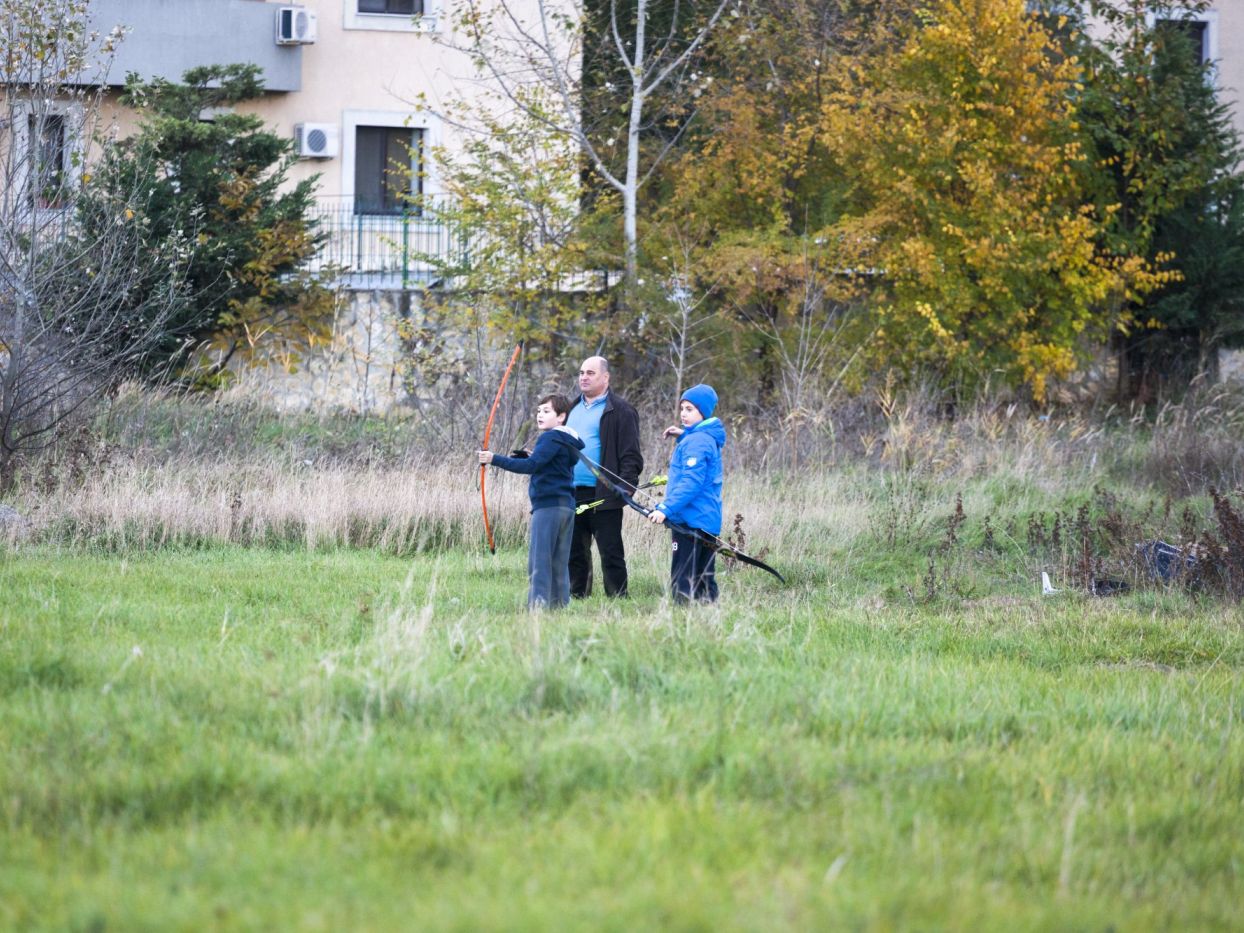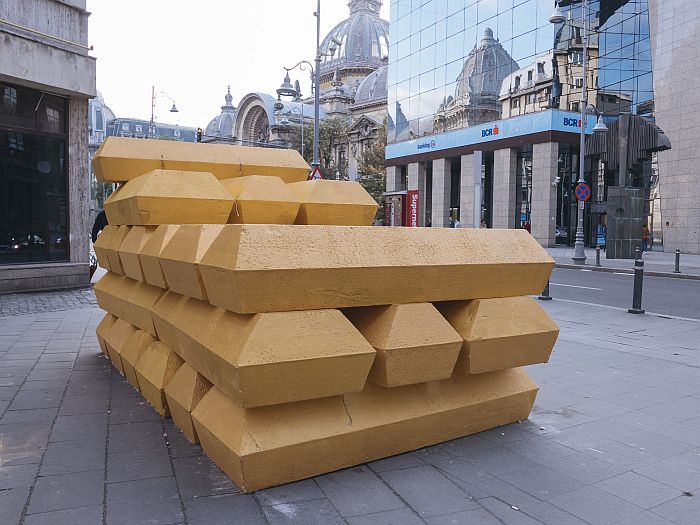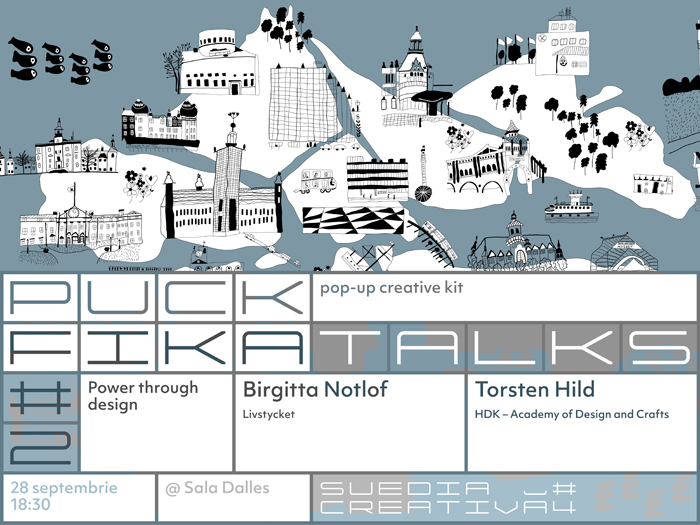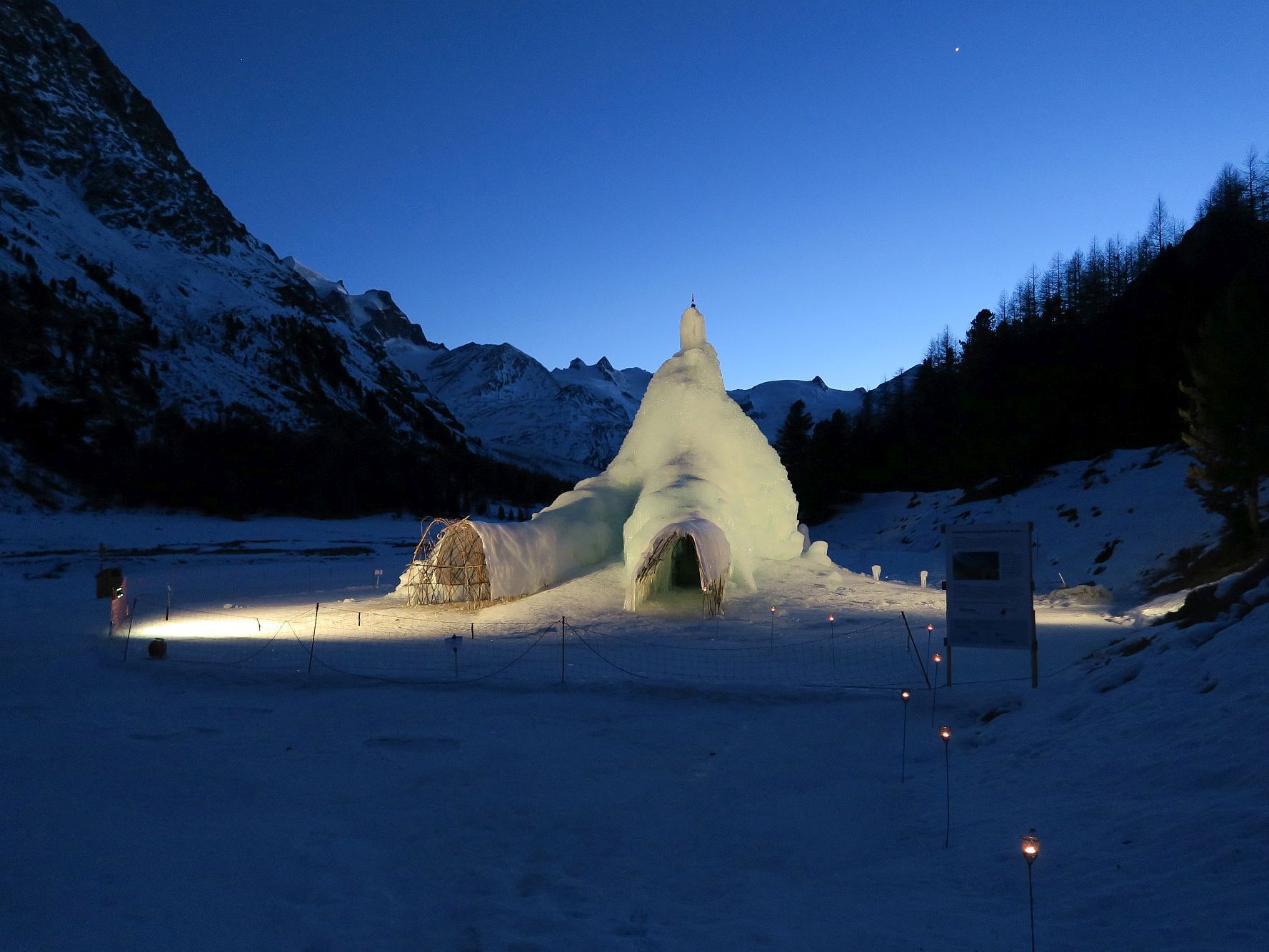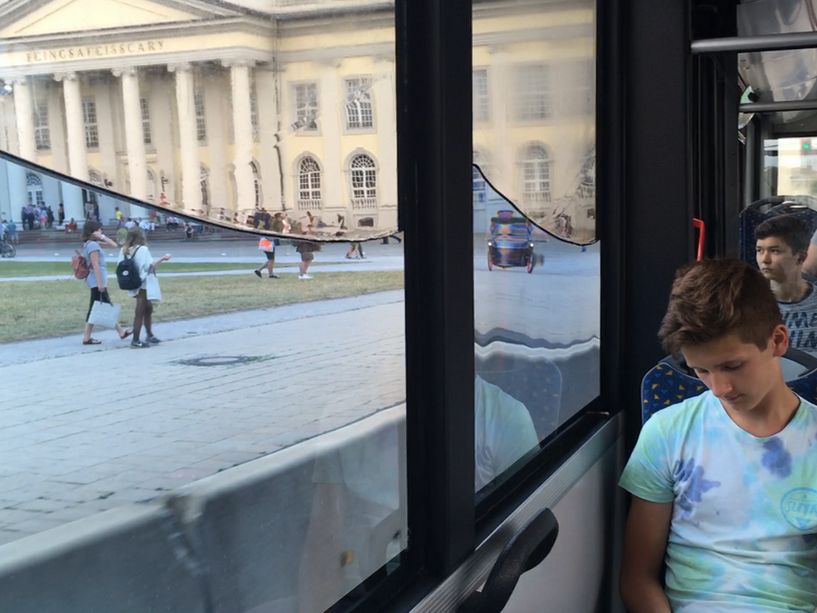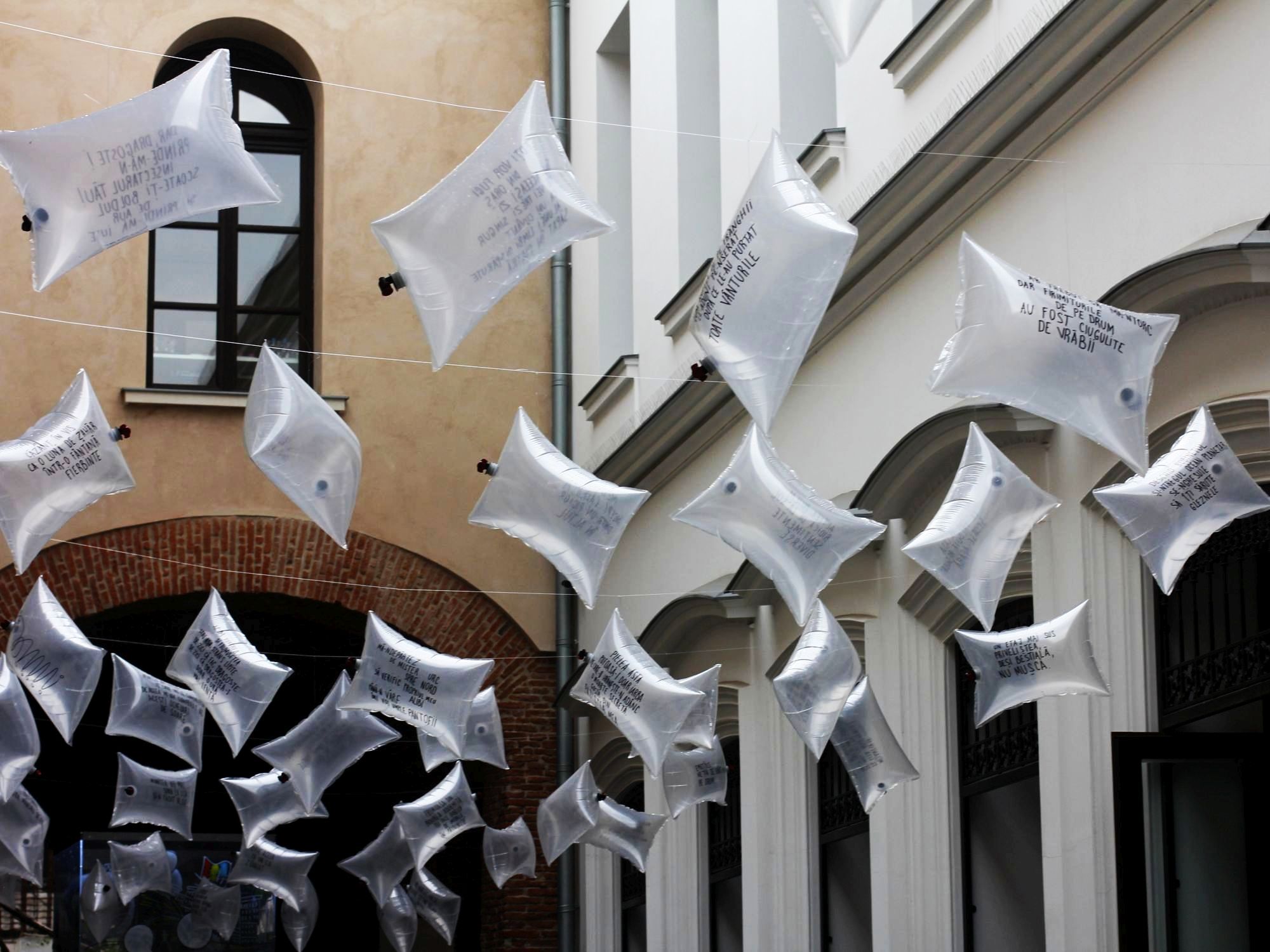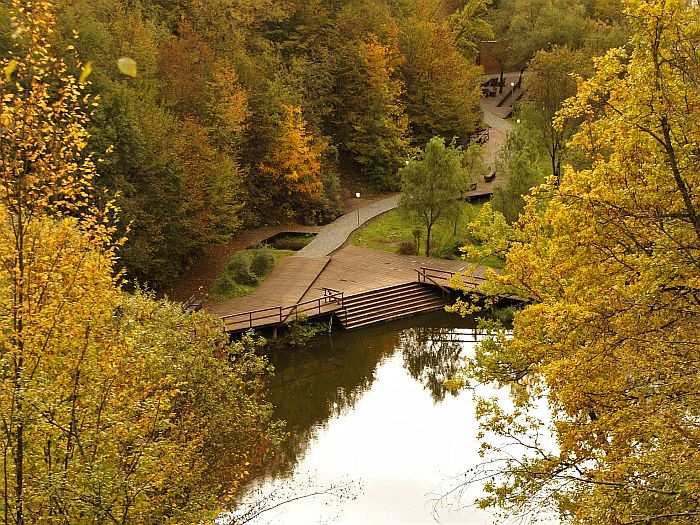Text: Mihai Duțescu
Photo: Andrei Mărgulescu
As I know two absolutely OK and smart people who worked for some years at the Al. Obregia Clinical Psychiatric Hospital – the renowned “loony bin” in Berceni – two doctors, a psychiatrist and a neurologist, and as both have agreed to talk to me, I have done this double interview with them. It is primarily about the hospital, which is one of the landmarks of Berceni, but also about life in the neighborhood in general, about how all these things are seen from a rushing subway train, between two shifts.

